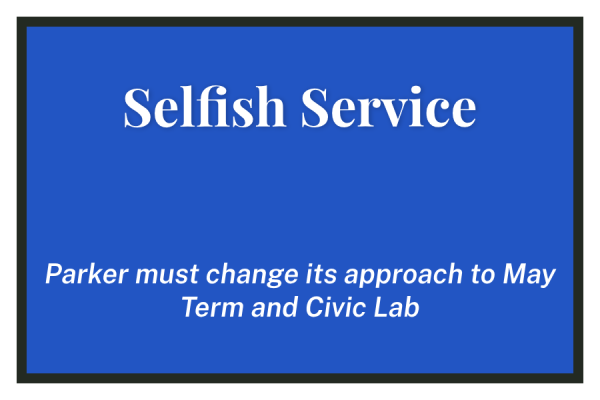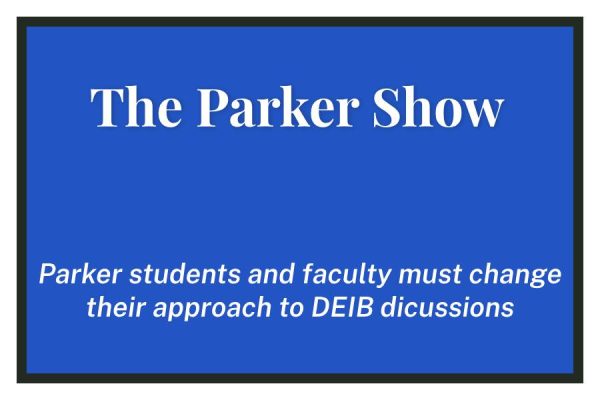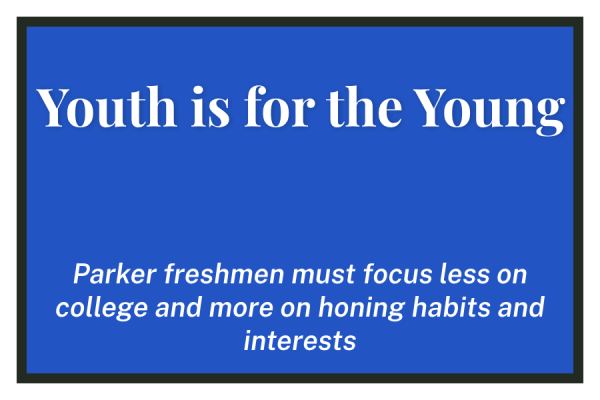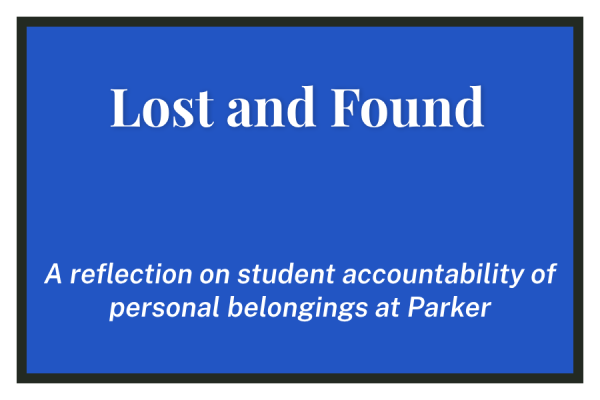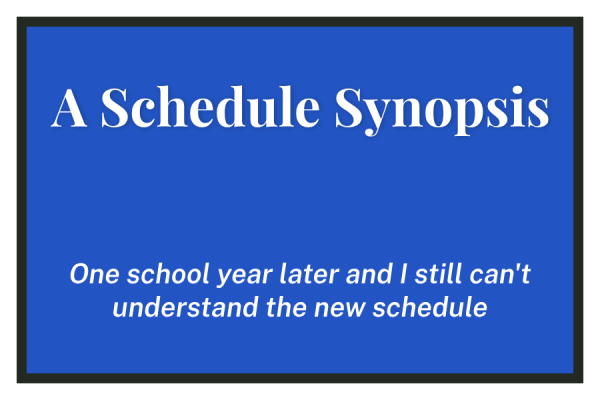Editorial, Issue 2 – Volume CVII
Curriculum Chaos
On any given Wednesday H Period, two Senior Seminar classes are in session. Twelve students sit around a table, the quote “a man without a purpose is like a boat without a rudder” looming over the class at the front of the room. As the clock strikes 12:35, and disco music pours out from the speakers, one class empties with students grumbling about college, and the other with students discussing their newly learned tactics on destressing.
A student’s experience in a class can vary widely based on the teacher. The issue comes with the fact that students are not receiving the same education class to class. Sure, every junior is required to take American Literature, but one class can come away from the year with the disillusionment that comes with the American Dream fresh in their heads, while others are provided with insights about racism in the country.
This discrepancy shows during times when students are allowed to make changes to their schedules. Students mob the Registrar’s office trying to conjure a reason they need to switch into the other American Literature class, some even adding an art course that they never intended taking in the first place. In theory, all US History courses are supposed to be the same, so there should be no reason to switch from one teacher to another besides a true scheduling conflict.
Two students can be in the same level, same course, and have the same test, but still be studying different material and utilizing different skills because their teachers are different. If Parker is committed to not allowing students to choose their teachers, teachers should be more cohesive in the creation of their curricula. While it’s unreasonable to ask teachers to teach identical classes within the same departments, the differences should not be as drastic as they are now.
Because of this lack of continuity, students’ work in class suffers. Each teacher has different expectations and requirements regarding each assessment and homework assignment. Overall, this results in substantially different educational experiences. On a transcript the title of a course all looks the same– but more often than not, the rigor and material is dependent on the teacher.
One of the amazing things about a Parker education comes from the variety of teachers, and the fact that each one has his or her own personality and teaching style. Every teacher is engaging in a unique way that in turn builds a school of engaging spaces. It’s unfair to say that teachers should have the exact same lesson plan, verbatim, each day–if that were the case, everything students value about a Parker education would disappear.
Still, departments should utilize Director of Studies Sven Carlsson to find common themes and takeaways within a given course. There should be opportunities for teachers to explore what they are interested in while still eliminating much of the discrepancy students experience today.


